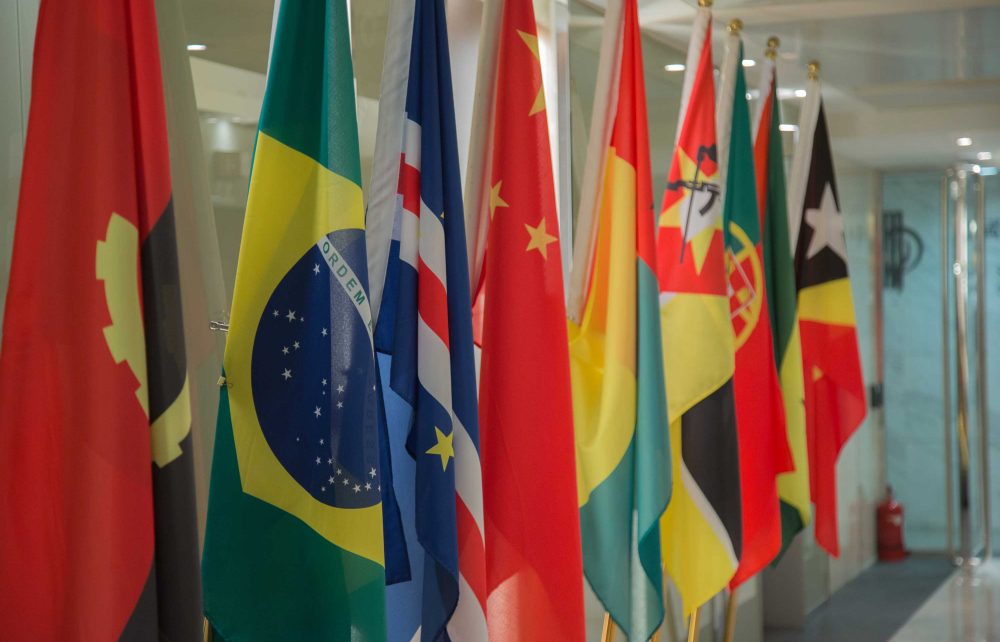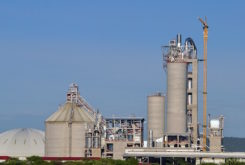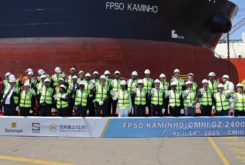The economies of Portuguese-speaking Africa are all expected to recover from last year’s losses and resume growth in 2021, with Cabo Verde and Angola the most dynamic, according to the African Development Bank (AfDB).
In its ‘African ‘Economic Outlook 2021’ report, the ADB forecasts a growth of 3.2% for this year on the African continent, with Cabo Verde being one of the fastest recovering economies, growing by 4.6% in 2021 and 2022, after falling almost 9% last year due to the impact of the covid-19 pandemic.
According to the ADB, growth is based on the boost of private consumption and investment in transport, tourism, energy and information, communications and technology, enabled by improving economic conditions and less disruptions in supply chains.
The Cabo Verdean budget deficit is expected to settle at 9.1%, slowing to 6.2% of GDP next year and the country’s public debt rose to 152.4% last year, almost 30 percentage points above the previous year.
Although the public debt is considered sustainable, both the external debt and the total debt present a high risk of over-indebtedness, warns the ADB.
Last year, African countries saw an average drop in GDP of 2.1% from previous year due to the covid-19 pandemic.
Also according to the ADB, Angola’s economy is expected to recover from a 4.5% drop in 2020 and grow 3.1% this year, with pre-pandemic reforms contributing to a rapid recovery.
Inflation is expected to fall to 14.9% in 2021, and if oil prices continue to rise, the budget deficit may decrease to 2.2% of GDP and the current account improve to a 4% surplus.
In relation to Mozambique, the AfDB predicts that GDP will grow 2.3% in 2021 and 4.5% in 2022, when it will surpass the pre-pandemic level thanks to investments in the nascent gas industry.
In relation to Guinea-Bissau, the ADB expects a growth of 2.9% in 2021 and 3.9% in 2022, following a 2.8% recession in 2020.
The forecasts, it stresses, are based on large-scale vaccination against COVID-19 and a recovery in commercial activities, and political stability will be fundamental to attract investment and stimulate the involvement of the private sector.
Total public debt rose sharply to 69% of GDP from 50.9% in 2018 and the impact of the pandemic on public finances is expected to further increase the country’s indebtedness, putting further pressure on the sustainability of its debt, advances the ADB.
São Tomé and Príncipe is expected to recover from last year’s 6.4% recession and grow 2.1% this year, accelerating to 5.4% next year, with the economy supported by increased demand for cocoa and palm oil exports, as well as the resumption of tourism when world economic conditions improve.
Although the country is committed to continuing to invest in public infrastructure with a view to improving the business environment, says the ADB, the economy is likely to face significant unfavorable conditions, including a potential longer-term shock from the pandemic and a slow global economic upturn, which could slow down the recovery in the tourism sector and decrease demand for the country’s exports.




